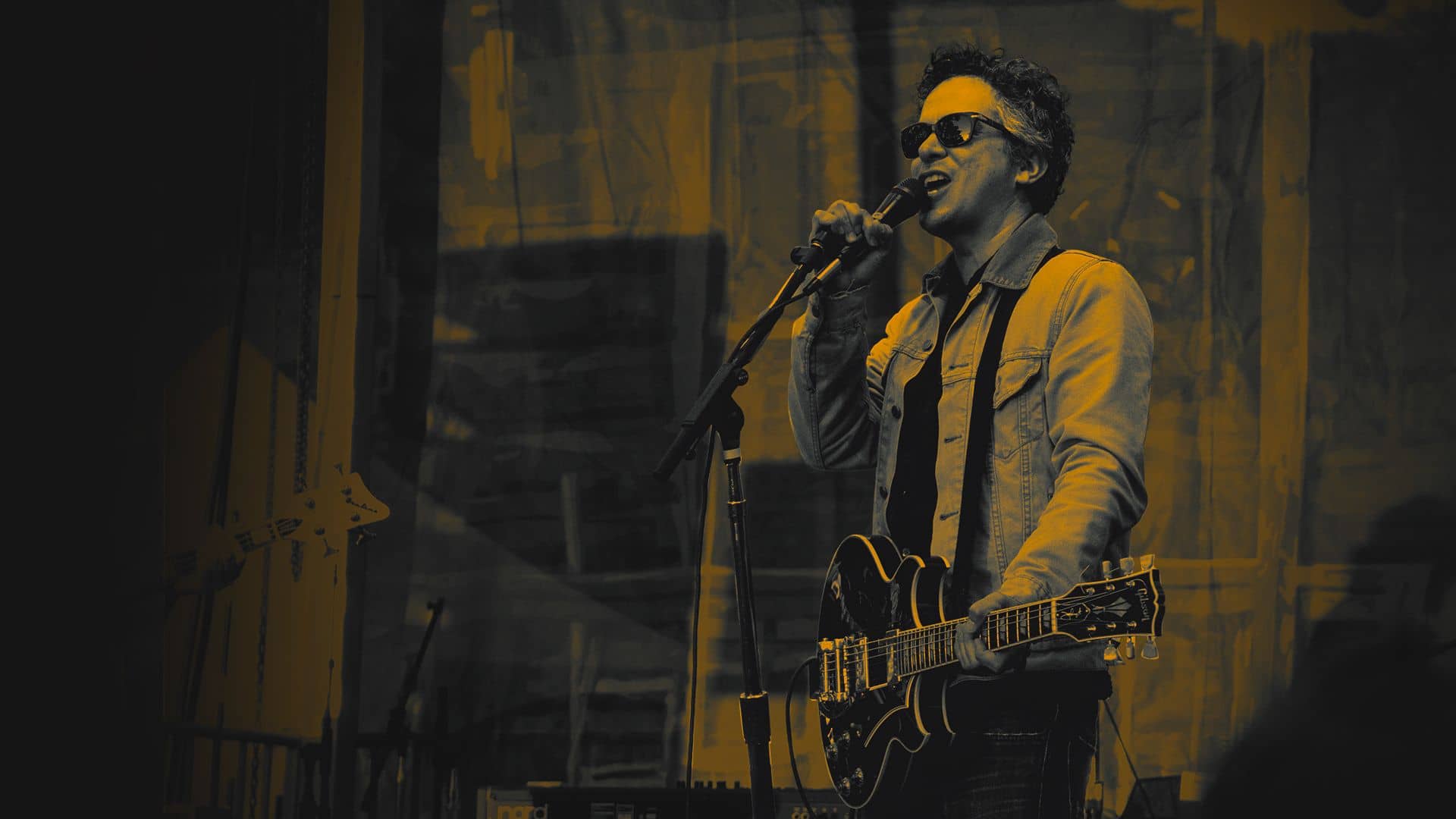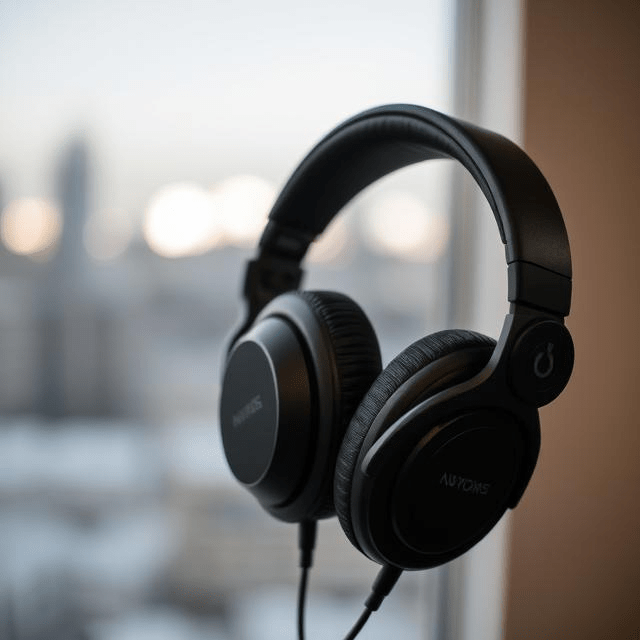By Dr Mary Kassa
In recent years, a number of well-known musicians have publicly announced they have been diagnosed with noise-induced hearing loss (NIHL). Many others suffer from ringing in the ears, known as tinnitus. As a musician, you rely on your hearing to perform, and using proper hearing protection would reduce the chances of acquiring NIHL and/or tinnitus.
Whether you are a professional musician performing in a band, an amateur musician playing with friends, or a fan in the crowd, you are at risk of harming your hearing each time you listen to loud music. Concert music can reach levels of 110 dB or louder. At these loud levels, any type of noise, desirable or not, can permanently damage your hearing. With proper hearing protection, NIHL is preventable.
How loud is too loud?
| Figure 2OSHA’s
Permissible Noise Exposure Limits |
|
| Duration Per Day | Sound Level dBA Slow Response |
| 8 hours | 90 |
| 6 hours | 92 |
| 4 hours | 95 |
| 3 hours | 97 |
| 2 hours | 100 |
| 1.5 hours | 102 |
| 1 hour | 105 |
| ½ hour | 110 |
| ¼ hour or less | 115 |
You are likely in an environment where the level of sound can be damaging to your hearing if:
- you have trouble hearing others talk over the sound
- you can physically feel the sound vibrations
- the sound is uncomfortable or painful to your ears
- your ears are ringing after exposure to loud sound
- everyday sounds seem muffled following exposure to loud sound
There are also apps that can be downloaded on your smart phone which can measure approximate sound levels in your environment.
The Occupational Safety and Health Administration (OSHA) has set standards regarding how long an individual can be in the presence of loud sound before potentially damaging his/her hearing (Figure 2). As volume increases, the risk to a person’s hearing is greater; therefore, OSHA’s permissible noise exposure time limits are shorter for louder sound levels.
What kind of hearing protection should you use?
The goal of all hearing protectors is to reduce potential hearing damage by lowering volume, but they do not all get the job done in
the same way. There are numerous types of hearing protectors,
and understanding the pros and cons of some popular styles can help
you decide which option is best for you.
Custom silicone ear plugs
Custom Musicians’ Plugs
www.westone.com
Pros: Custom silicone musicians’ ear plugs (Figure 3) are made to fit the shape of your ear canals and, therefore, provide the best fit and hearing protection. These plugs come with filters that preserve sound quality and allow conversations and music to be heard while protecting your hearing. Depending on your hearing protection needs, they can be ordered with changeable filters which attenuate different levels of sound. The silicone material has a smooth surface which makes them easy to clean. These plugs are durable and provide several years of good quality hearing protection. They can be made in clear silicone or in one or more of your favorite color(s).
Cons: They must be ordered from a hearing healthcare professional who can make earmolds and may take two to three weeks for orders to be filled.
Approximate cost: $80 to $200 per pair
Disposable foam ear plugs
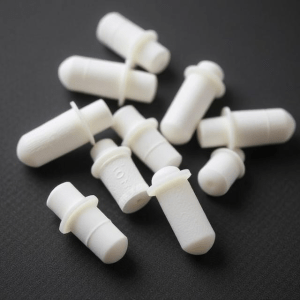
Figure 4
www.threesixtysafety.com
Pros: Disposable foam ear plugs provide sound reduction; however, this is only possible if they are inserted properly into the ear canal. Their single-use application is convenient and sanitary.
Cons: Inserting these plugs requires using a specific technique. They must be compressed into a thin cylindrical shape and placed deeply into the ear canal where they expand to provide hearing protection. Simply placing these plugs on the outer part of your ear canal will do little to nothing to protect your hearing (Figure 4). With these plugs properly placed, your hearing will be protected; however, overall sounds will be muffled. Lastly, due to their porous foam make-up, they can harbor bacteria and fungus, so it is especially important to dispose of them following a single use.
Approximate cost: $20 to $30 for 100 plugs
Flanged silicone ear plugs
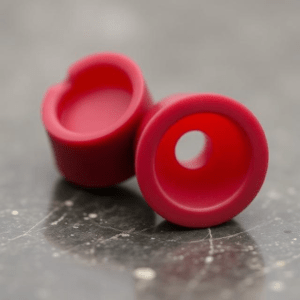
- Figure 5
Flanged Musicians’ Plugs - www.westone.com
-
- Pros: Flanged silicone ear plugs (Figure 5) are easier to insert than disposable foam plugs as they do not need to be compressed. They can also be cleaned and reused and can last up to a few years. Some come with a filter which would allow you to hear speech and would maintain the sound quality of the music while protecting your hearing.
- Cons: Although there are several sizes available, users can still experience fit issues which would result in less than optimal hearing protection. Sound quality will vary depending on whether the plugs include filters. Flanged ear plugs without filters will provide hearing protection with a muffled sound quality.
Approximate cost: $15 to $45 per pair
Electronic adaptive musicians’ ear plugs
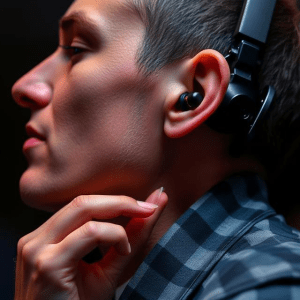
Figure 6
Electronic Adaptive Musicians’ Plugs
www.etymotic.com
Pros: Adaptive electronic musicians’ ear plugs (Figure 6) adjust to changing sound levels in an environment. For example, if you’re talking to your bandmates between songs during practice, the plugs can sense there is less noise and will allow you to hear conversations. Once the music reaches potentially damaging levels, they kick into a hearing protection mode and reduce dangerous sound levels while maintaining the sound quality of the
music. These plugs can be cleaned and reused and can last several years.
Cons: These plugs do not provide a custom fit, and as with the other non-custom options, inappropriate fit can result in insufficient hearing protection. These plugs are powered by small batteries which may not last long, so you will need to have a supply of batteries on hand.
Approximate cost: $250+ per pair
Over-the-ear muffs
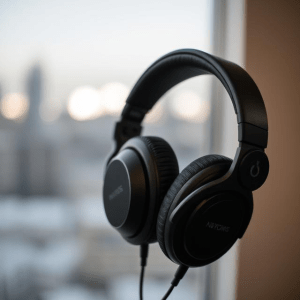 Figure 7
Figure 7
Over-the-Ear Muffs
www.guitarcenter.com
Pros: Over-the-ear muffs (Figure 7) are easy to use. Since they simply fit over the ears, achieving an appropriate fit is not generally a concern. They can be cleaned and reused and can last several years.
Cons: Ear muffs are bulky, and overall sound quality of music is compromised.
Approximate cost: $20 to $75 per set
The bottom line
Musicians and music lovers spend much of their time in environments where loud music is played, often at damaging noise levels which can result in NIHL and/or tinnitus. As a musician, you use your acute sense of hearing during performances; this is not a sense you want to compromise. Every time you choose not to use hearing protection, you put your valuable sense of hearing at risk. Non-custom hearing protection can protect your hearing only if appropriate fit is achieved, but with non-filtered options, the resulting sound is often muffled and not enjoyable.
Choosing filtered ear plugs will preserve sound quality and allow you to enjoy your music while effectively protecting your hearing. Talk to a licensed audiologist to learn more about your hearing and how to protect it. Finally, all musicians should check their hearing every two to three years or sooner if a change of hearing is perceived. Rock on! Just make sure you protect your hearing!
